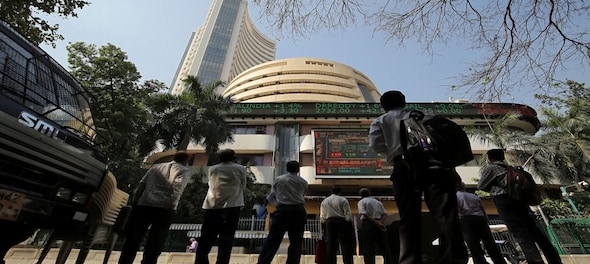
We all will remember 2020 as the year of the Covid pandemic. When the first realisation hit our markets, lockdowns became a reality, markets fell off the cliff. The economies across the globe have remained weak. Every country has tried, based on its capability, to pump in liquidity and prop up their individual economies.
In the last year, the US Fed has nearly doubled its balance sheet to more than $7.7 trillion through around $3.4 trillion in bond purchases. That extraordinary intervention, along with near-zero interest rates, has a single-point agenda—to keep money flowing through the US banking system. As per data from IMF, countries have given stimulus between 2.5 percent to 10 percent of GDP.
This has resulted in an across-the-board asset price bubble. Nearly every asset class has been on the rise for the last year. Bitcoin, equity markets, oil, metals—you name it and they are up. The main reason is that there is a lot more money in the hands of people and it is flowing into various asset classes.
The second thing that has happened, at least in India, is a very large migration of mutual fund investors to direct equity. 10.8 million new demat accounts were opened by investors in India post-April 2020. Retail holding in NSE listed stocks is currently around 7 percent, which is an all-time high. Since July 2020, mutual funds have seen an outflow of 45,000 crore.
I believe that the market condition when a person starts his investing journey has a very large impact on the kind of investor he ends up becoming. For example, most people who started in the 2000-2007 period, ended up becoming growth-oriented buy-on-dips investors (I would put myself in this camp). People who started post-2008 to about 2013-14 were value investors. It is because those factors worked well in the period when they took their first steps.
What I fear is that the influx of a large number of new investors in the markets coinciding with a huge market rally despite weak economic conditions sends the wrong message to this set of new investors. They may come away with the realisation that markets never go down and central banks can and will always support the market so there is nothing to worry about. And sometime in the future, this is likely to come back to haunt them.
—Abhishek Basumallick is a full-time investor and writes at intelsense.in. The views are personal.
(Edited by : Ajay Vaishnav)
Check out our in-depth Market Coverage, Business News & get real-time Stock Market Updates on CNBC-TV18. Also, Watch our channels CNBC-TV18, CNBC Awaaz and CNBC Bajar Live on-the-go!



